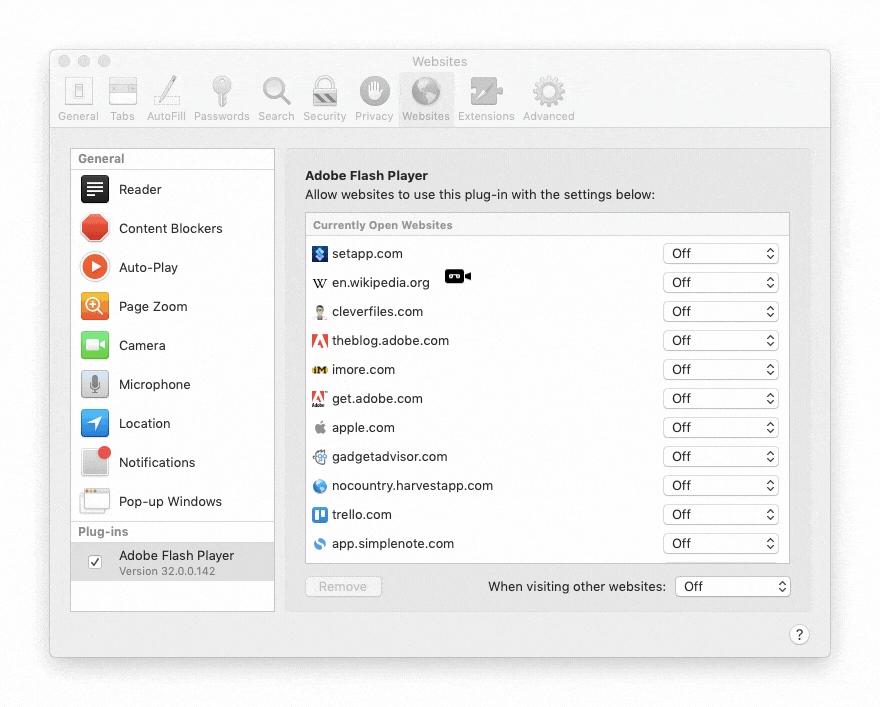

That will show you the version of Windows that’s running. To know which version of Windows you are running, hit the Windows key on your keyboard and type: winver and hit Enter. Note that this page also includes the patch for Windows 8.1, too. You can find it here in Windows Update Catalog. Or, you can manually install the Flash Removal patch for your version of Windows. To check if you have this patch already you can search your Windows Update History. In fact, Microsoft is starting to roll it out as an automatic cumulative Windows Update. Microsoft has update: KB4577586 which will remove Adobe Flash Player from your system. If you installed Flash yourself or a third-party app did, then you need to use Adobe’s tool. If Flash was installed by Microsoft for the Microsoft Edge or Google Chrome browser you can use the Windows update. One is via a Windows Update and the other involves using Adobe’s Uninstaller tool.

:max_bytes(150000):strip_icc()/010-enable-flash-in-chrome-4160696-1cd49aeb2d0d4dc999ae1231d613f794.jpg)

If you see that, proceed to the next step.There are a couple of ways to make sure Flash is removed. An easy way to tell is to click on the Apple Menu at the upper-left corner of your screen, choose System Preferences, and then look for the red Flash Player option at the bottom. First, check to see if you have Flash Player installed in the first place.So now would be a great time to go ahead and uninstall Flash Player on your Mac if you’ve still got it! Adobe has made the process pretty simple, too, even if it does take an age. In fact, Adobe announced that it will end support for Flash entirely in 2020, which will definitely help to encourage websites to adopt more modern standards. It’s been buggy, versions have had critical security vulnerabilities, and fake pop-ups claiming to install updates for it have caused many a Mac user to install malware accidentally. Adobe Flash Player, a piece of software that enables websites to display media through your browser, has a troubled history.


 0 kommentar(er)
0 kommentar(er)
